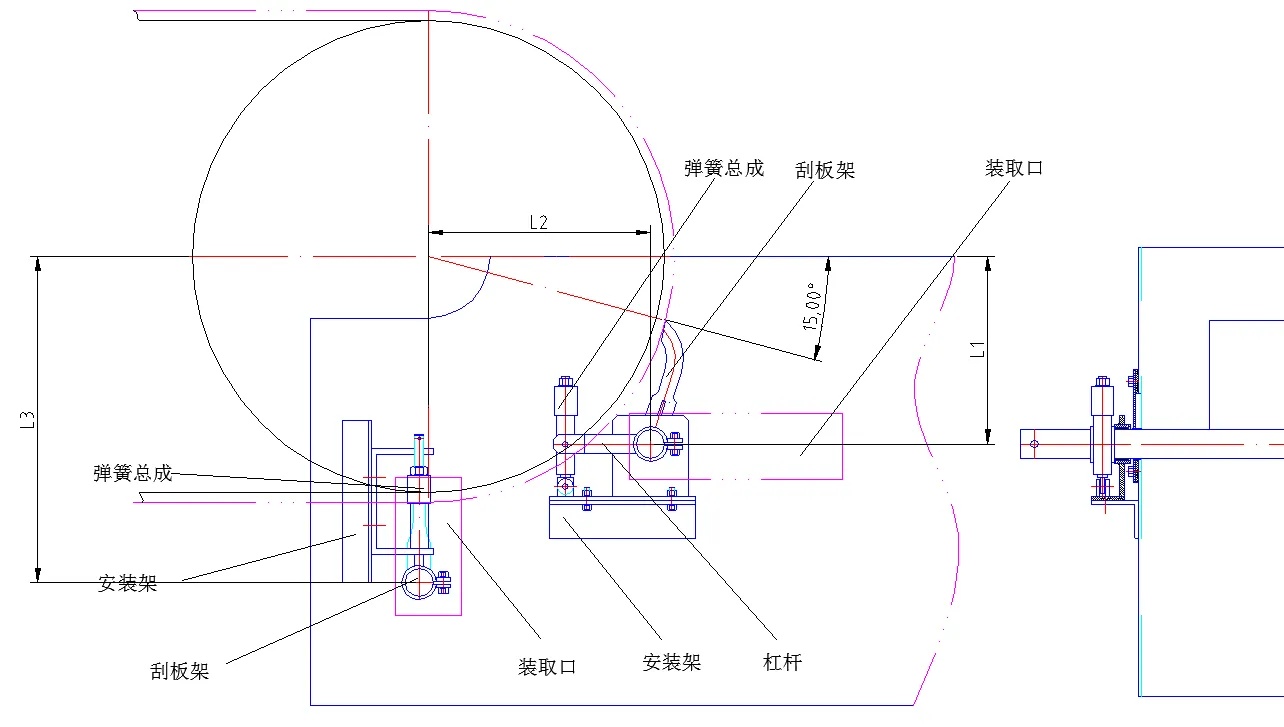 Afrikaans
Afrikaans  Albanian
Albanian  Amharic
Amharic  Arabic
Arabic  Armenian
Armenian  Azerbaijani
Azerbaijani  Basque
Basque  Belarusian
Belarusian  Bengali
Bengali  Bosnian
Bosnian  Bulgarian
Bulgarian  Catalan
Catalan  Cebuano
Cebuano  Corsican
Corsican  Croatian
Croatian  Czech
Czech  Danish
Danish  Dutch
Dutch  English
English  Esperanto
Esperanto  Estonian
Estonian  Finnish
Finnish  French
French  Frisian
Frisian  Galician
Galician  Georgian
Georgian  German
German  Greek
Greek  Gujarati
Gujarati  Haitian Creole
Haitian Creole  hausa
hausa  hawaiian
hawaiian  Hebrew
Hebrew  Hindi
Hindi  Miao
Miao  Hungarian
Hungarian  Icelandic
Icelandic  igbo
igbo  Indonesian
Indonesian  irish
irish  Italian
Italian  Japanese
Japanese  Javanese
Javanese  Kannada
Kannada  kazakh
kazakh  Khmer
Khmer  Rwandese
Rwandese  Korean
Korean  Kurdish
Kurdish  Kyrgyz
Kyrgyz  Lao
Lao  Latin
Latin  Latvian
Latvian  Lithuanian
Lithuanian  Luxembourgish
Luxembourgish  Macedonian
Macedonian  Malgashi
Malgashi  Malay
Malay  Malayalam
Malayalam  Maltese
Maltese  Maori
Maori  Marathi
Marathi  Mongolian
Mongolian  Myanmar
Myanmar  Nepali
Nepali  Norwegian
Norwegian  Norwegian
Norwegian  Occitan
Occitan  Pashto
Pashto  Persian
Persian  Polish
Polish  Portuguese
Portuguese  Punjabi
Punjabi  Romanian
Romanian  Russian
Russian  Samoan
Samoan  Scottish Gaelic
Scottish Gaelic  Serbian
Serbian  Sesotho
Sesotho  Shona
Shona  Sindhi
Sindhi  Sinhala
Sinhala  Slovak
Slovak  Slovenian
Slovenian  Somali
Somali  Spanish
Spanish  Sundanese
Sundanese  Swahili
Swahili  Swedish
Swedish  Tagalog
Tagalog  Tajik
Tajik  Tamil
Tamil  Tatar
Tatar  Telugu
Telugu  Thai
Thai  Turkish
Turkish  Turkmen
Turkmen  Ukrainian
Ukrainian  Urdu
Urdu  Uighur
Uighur  Uzbek
Uzbek  Vietnamese
Vietnamese  Welsh
Welsh  Bantu
Bantu  Yiddish
Yiddish  Yoruba
Yoruba  Zulu
Zulu conveyor belt parts and functions
Understanding Conveyor Belt Parts and Their Functions
Conveyor belts are an integral part of industrial operations, facilitating the efficient and productive movement of materials across various processes. From manufacturing to logistics, these systems play a crucial role in improving workflow and minimizing manual labor. To fully grasp their efficiency, it’s important to understand the individual components that make up a conveyor belt system and the functions they perform.
1. Belt
The belt is the most recognizable part of the conveyor system. It is the surface that carries the materials and can be made from various materials such as rubber, plastic, or metal, depending on the application's requirements. The selection of the belt material affects the flexibility, durability, and load capacity of the conveyor system. For instance, a rubber belt is ideal for handling heavy loads, while a plastic belt may be more suitable for transporting small items or delicate materials.
2. Drive System
The drive system is responsible for moving the conveyor belt. It typically consists of a motor, pulleys, and gearboxes. The motor provides the necessary power to initiate movement, while the pulleys guide the belt and transfer the power from the motor to the belt. The gearboxes play a critical role in adjusting the speed and torque of the system, ensuring the right balance between speed and load capacity.
Idler rollers support the belt as it moves, helping to maintain its tension and alignment. Typically made of steel, these rollers reduce friction and wear on the belt, allowing it to operate smoothly. Depending on the design, idler rollers can be placed on the top, bottom, or side of the belt, providing additional support and stability.
4. Pulleys
conveyor belt parts and functions

Pulleys are essential components that redirect and support the movement of the conveyor belt around its path. There are two main types of pulleys drive pulleys and idler pulleys. The drive pulley is connected to the motor and propels the belt forward, while the idler pulleys assist in maintaining tension and guiding the belt along its track. Both types of pulleys play a vital role in ensuring the belt moves in a consistent and efficient manner.
5. Frame
The frame serves as the backbone of the conveyor system, providing structural support and stability. It can be made from various materials like steel or aluminum and is designed to bear the weight of the belt and the materials being transported. A well-designed frame ensures that the components remain aligned and that the entire system operates smoothly.
6. Sensors and Controls
Modern conveyor systems often include sensors and control systems to improve efficiency and safety. Sensors can detect the position and weight of the materials on the belt, allowing for automated adjustments to speed and alignment. Control systems can help monitor the performance of the conveyor and can include features like emergency stop buttons, speed controls, and operational alerts. This technology enhances overall operational efficiency and reduces the risk of accidents.
7. Cleaning Systems
To maintain peak performance, cleaning systems are essential for conveyor belts, especially in industries handling food products or chemicals. These systems remove residual materials that could cause contamination or increase wear on the belt. Cleaning mechanisms can range from simple brushes to sophisticated spray systems designed to ensure the conveyor operates efficiently.
Conclusion
Understanding the various parts and functions of a conveyor belt system is crucial for those involved in industrial operations. Each component, from the belt to intelligent control systems, plays a significant role in ensuring materials are transported safely and efficiently. By grasping how these parts work together, businesses can enhance productivity, reduce downtime, and ensure operational success. Whether you are in logistics, manufacturing, or any industry that relies on conveyor systems, recognizing the importance of these components ultimately leads to improved performance and quality outcomes.
-
Trusted Conveyor Solutions from Leading Conveyor Idler Roller ManufacturersNewsJun.27,2025
-
Reliable Return Idler Solutions for Efficient Belt Conveyor SystemsNewsJun.27,2025
-
Precision Conveyor Accessories for Streamlined Material HandlingNewsJun.27,2025
-
High-Quality Belt Conveyor Idler Solutions for Efficient Material HandlingNewsJun.27,2025
-
High-Performance Belt Conveyor Pulleys for Reliable Material HandlingNewsJun.27,2025
-
Enhancing Material Handling EfficiencyNewsJun.27,2025





























